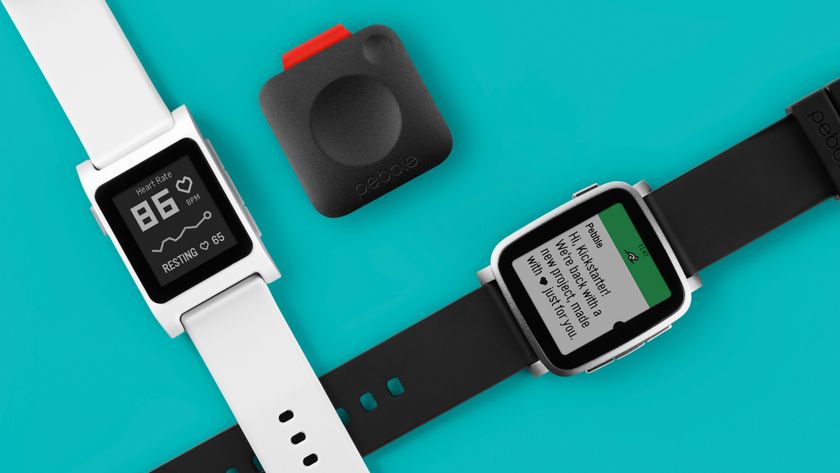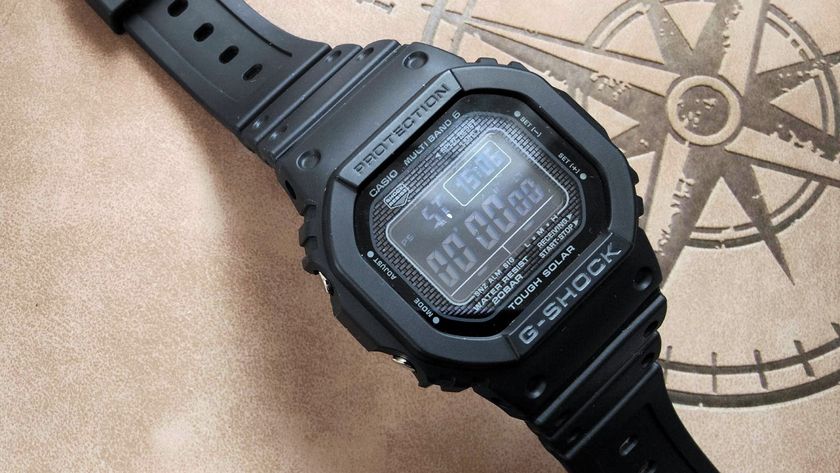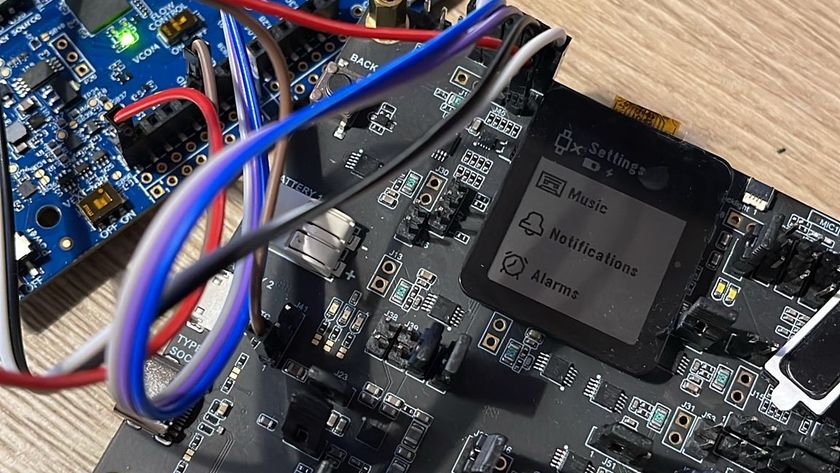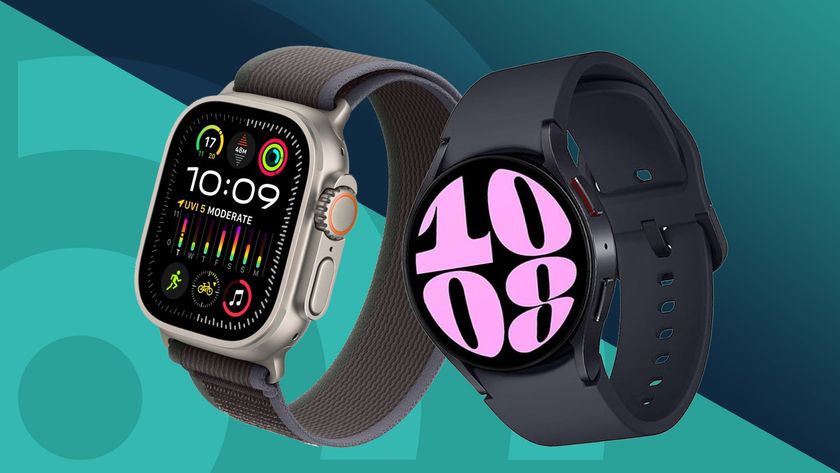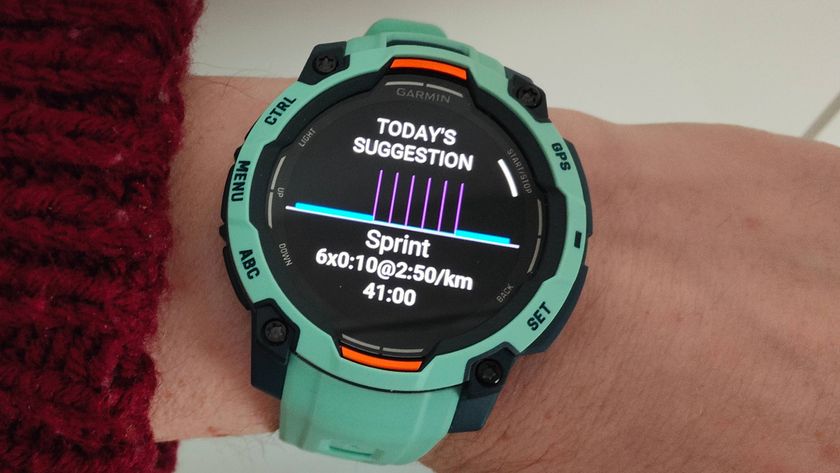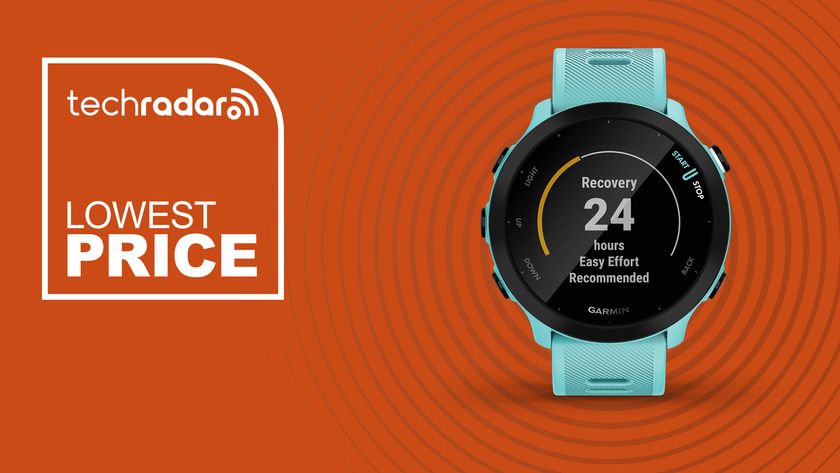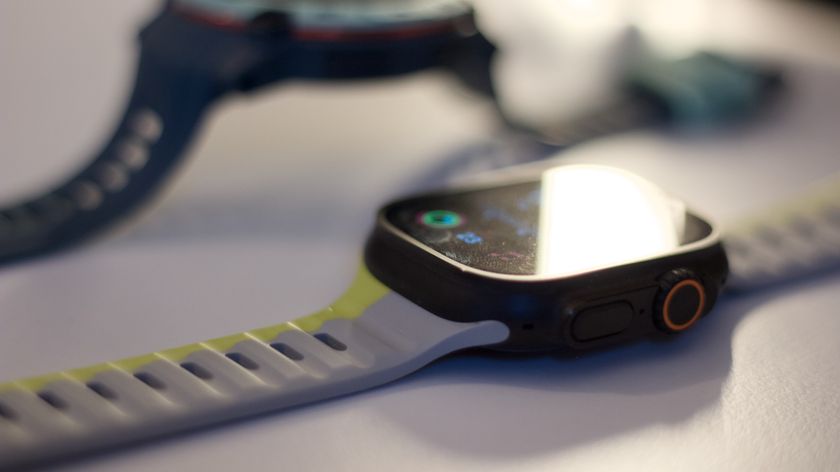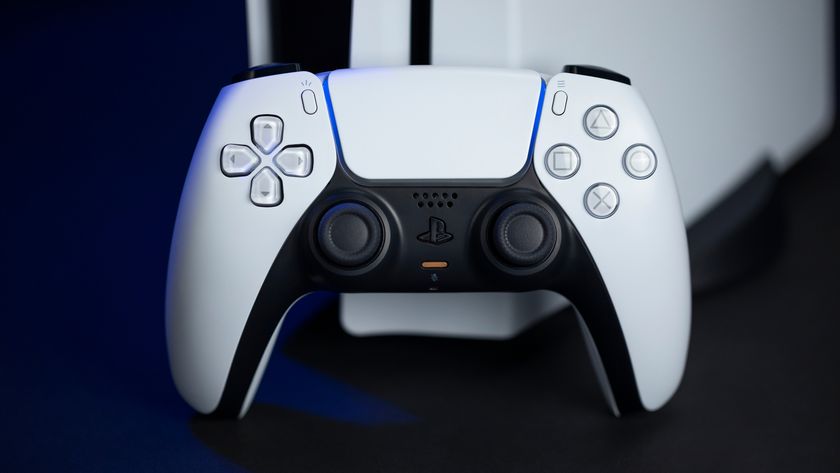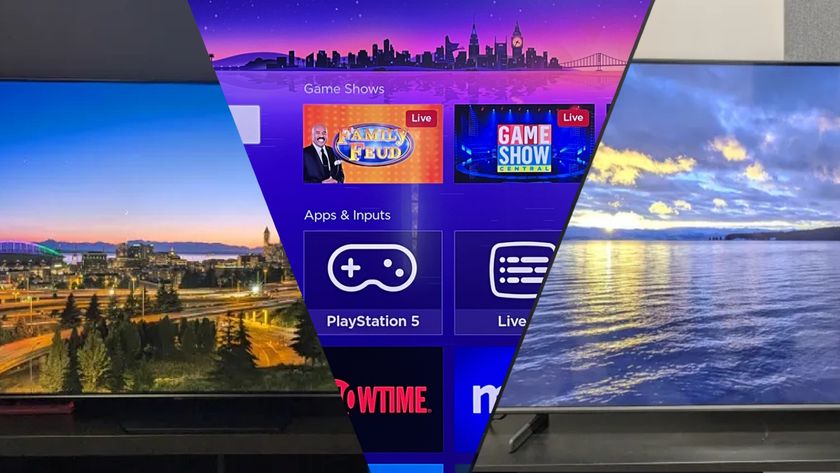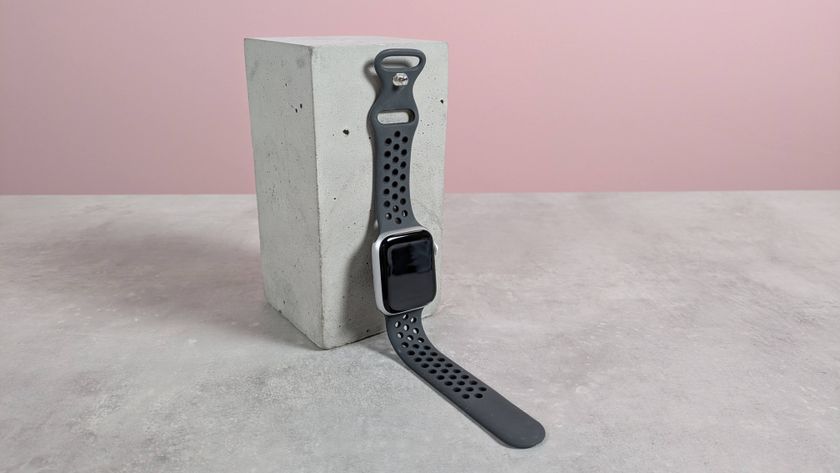Pebble was one of the best smartwatches ever and now it's a miracle if you can get one to work
Does anybody really know what time it is?

Pebble Watch once made an outsized ripple compared to its name when the early smartwatch launched in 2013.
It had a massive Kickstarter campaign, an eagerly-anticipated and long-delayed launch, and ultimately a devoted fan base that gobbled up the plastic and E Ink-screened original and then the tri-colored-screen Pebble Steel a year later.
I was one of Pebble Steel's owners and fans, receiving the stainless-steel wearable just after my 50th birthday. Pebble was not the only smartwatch maker back then, but it was easily the one with the largest mindshare. Reviews and hands-ons were almost invariably positive, which was somewhat shocking considering how little the first Pebble did. Instead of a collection of apps, it had custom watch faces, and the screen was black and white.
Yet, it still felt like a traditional watch upgrade with access to phone-based email, notifications, and phone calls. It sipped power – lasting a full week on a single charge – and was virtually waterproof.
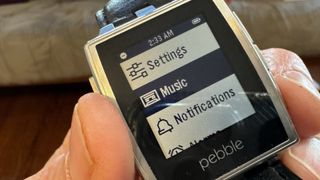
What it lacked in fashion was made up for in its $149 price and adorable looks. The style matched its cute name. My Pebble Steel, which cost $249, was something else. Instead of plastic, I got a steel body, a Gorilla glass screen cover, and a tri-color screen. Apps like Glance and Evernote were starting to arrive.
I recall wearing the Pebble Steel almost every day. It was the first smartwatch to lure me away from my extensive analog watch collection.
Pebble eventually released a full-color Pebble Time, but it arrived just as Apple was launching the original Apple Watch, a wearable that traded days of battery life for a full-color touch screen and, among other things, extensive health and fitness tracking capabilities. It did virtually everything the Pebble Watch could do but was far closer to a wearable smartphone than a simple watch.
Get daily insight, inspiration and deals in your inbox
Sign up for breaking news, reviews, opinion, top tech deals, and more.

A year later, Pebble ceased operations. That's just four short years for the company and only two years into the lifespan of my beloved Pebble Steel, barely enough time for it to get its first watch face scratch.
Within another couple of years, all software support would cease. I can't remember such a quick fall from grace. Pebble Watch went from being the tech industry's darling to a wearable has-been in record time. But what of all those millions of Pebble Watches and Pebble Steels sold?
My Pebble Steel still sits alongside my favorite everyday watch collection. Ever since I revived my vintage Casio LCD, I've started wearing all my old watches while still occasionally wearing the best smartwatch (that would be the Apple Watch).


I wondered all these years later if I could also start wearing my old Pebble Steel again. As I mentioned, it's in perfect condition. First, though, I had to find the MagSafe-style charger. I never throw out anything but it still took me a day to find that proprietary charging cable, but this turned out to be the least of my problems.
The Pebble Steel charged up as if nothing had happened and I almost felt bad for my watch, not knowing how to tell it that the world had changed and it was no longer relevant.
On the bright side, the watch accepted a full charge and showed the date and time. Strike that. Pebble Steel shows a date and time. It's not the right data and time; the watch thinks it's January, and every time I turn it on, it's midnight. Well, it's midnight somewhere, but not here, not now.
It would need a functioning smartphone connection to get my Pebble to show the right time. This would be easy if it were 2014, but it is a challenge in 2024.
Actually, getting a Bluetooth connection between my decade-old Pebble Steel and not-year-one-year-old iPhone 15 Pro Max was easy. The phone saw the watch was ready to be paired, and I got a message on the watch, and my work there was done. However, that connection turned out to be useless. It did not adjust the date or time, and without a Pebble app on the phone – removed from the App Store years ago – I'd hit a dead end.




After Pebble folded, the IP was sold to Fitbit, which was subsequently acquired by Google. What those companies did with Pebble's technology is a mystery. However, a bunch of devoted Pebble fans launched Rebble in 2016 to "maintain and advance Pebble functionality."
When I posted images of my Pebble Steel on social media, most pointed to Rebble as the solution to reviving the moribund smartwatch.
Rebble has software that you can sideload onto an iPhone if you're willing to follow detailed instructions that sometimes feel as if they might break the watch, your iPhone, or both. They also have similar tools for Android.
However, neither of these solutions is still functional or practical. On the Android side, the APK isn't compatible with the latest version of Android. On the iOS side, the situation is perhaps worse. Most browsers don't trust the Sideloady app Rebble instructs you to use, and even if I got all the nearly one dozen steps working, I'd have to redo a third of them every single week just to keep the Pebble Steel functional.


What I'm coming to terms with is that unless someone builds an App Store app that can work with this old hardware, the Pebble Steel is nothing more than an artifact, a pretty museum piece that reflects the first blush of truly useful smartwatches.
It's a shame I can't revive it and perhaps an even greater shame that something so new and still beautiful is headed for the landfill or recycling plant. I'm not alone in giving up on Pebble. Rebble keeps some stats on its current user base, and its rough estimate puts it at 24,530 active users. By Pebble founder Eric Migicovsky's count, Pebble sold 2 million Pebble watches over five years. This means most of them are sitting unused or, more likely, discarded.
I don't blame Pebble. The company tried but couldn't compete in the face of the world's most important tech company's entrance into the market; Migicovsky noted in his Medium post, "I should not have aggressively grown the company without a stronger plan."
That FitBit and later Google didn't see a path forward for the Pebble brand and hardware is less forgivable but also understandable. Who wants to reverse engineer someone else's wearable technology when the market is moving so fast, and anything they might've built from it would likely be years behind the next Pixel Watch or Apple Watch?
Goodbye Pebble Steel, and thanks for blazing a path to practical wearable technology.
You might also like

A 38-year industry veteran and award-winning journalist, Lance has covered technology since PCs were the size of suitcases and “on line” meant “waiting.” He’s a former Lifewire Editor-in-Chief, Mashable Editor-in-Chief, and, before that, Editor in Chief of PCMag.com and Senior Vice President of Content for Ziff Davis, Inc. He also wrote a popular, weekly tech column for Medium called The Upgrade.
Lance Ulanoff makes frequent appearances on national, international, and local news programs including Live with Kelly and Mark, the Today Show, Good Morning America, CNBC, CNN, and the BBC.
